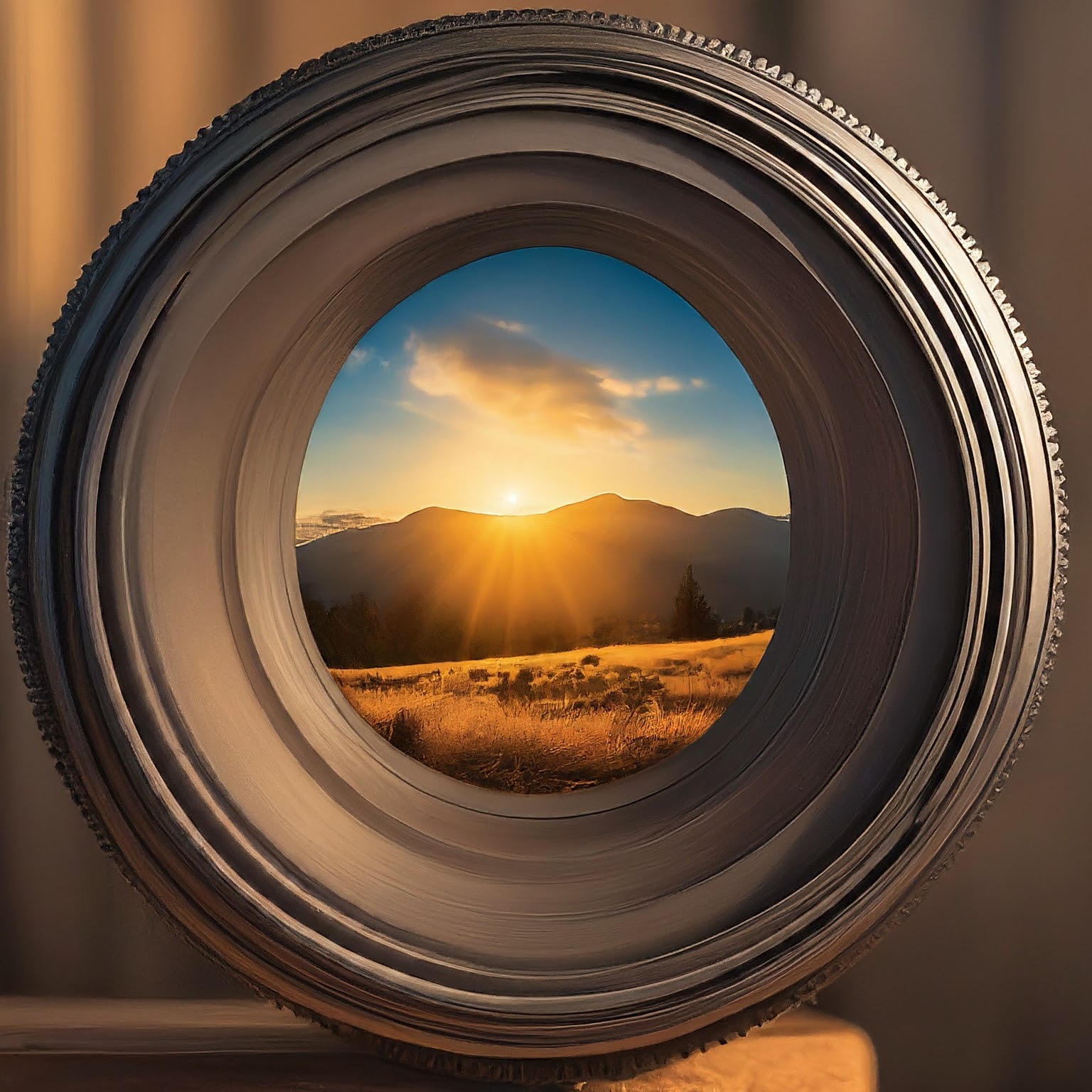The Importance of Light for Nature Photography

Light is the essence of photography, and in nature photography, it plays an even more pivotal role. It's not just about having enough light to expose your image; it's about understanding how light interacts with the natural world to create stunning, evocative photographs.
The Golden and Blue Hours
The “golden hour” – the period shortly after sunrise or before sunset – is renowned for its warm, soft light. This light casts long shadows, adding depth and dimension to landscapes. The “blue hour,” the twilight period before sunrise or after sunset, provides a cool, ethereal quality to your images, perfect for capturing moody scenes or cityscapes.
Understanding the Direction of Light
Frontlighting, where the light source is behind the photographer, can create flat images but is excellent for revealing detail and color. Backlighting, with the light source behind the subject, can create dramatic silhouettes or, if used carefully, beautiful rim lighting. Side lighting adds texture and depth, ideal for emphasizing the contours of landscapes.
The Impact of Weather on Light
Overcast skies provide a soft, diffused light perfect for portraiture or close-up nature photography, as it minimizes harsh shadows. Partly cloudy skies can create dramatic scenes with shafts of light breaking through the clouds. Stormy weather can offer incredibly dramatic lighting opportunities, with dark skies contrasting against brightly lit areas.
Using Light to Create Mood
Warm light evokes feelings of happiness and warmth, while cool light can create a sense of mystery or tranquility. Low-contrast light, with little difference between the brightest and darkest parts of a scene, creates a soft, serene atmosphere. High-contrast light, with stark differences between light and shadow, adds drama and intensity.
The Quality of Light
The quality of light refers to its hardness or softness. Hard light, like direct sunlight, creates sharp shadows and high contrast. Soft light, such as light filtered through clouds or reflected off a surface, creates softer shadows and lower contrast. Understanding these qualities will help you choose the right lighting conditions for your desired mood and subject.
Light and Color
Light significantly influences color. Different times of day and weather conditions can drastically alter the colors in your photos. The warm hues of sunrise and sunset are vastly different from the cool tones of midday sun. Being aware of these changes allows you to use color creatively in your images.
The Magic of Catchlights
Catchlights, the reflections of light in a subject's eyes, are crucial for bringing life and sparkle to your images, especially in wildlife photography. These tiny reflections create a sense of connection with the viewer and add a touch of realism to your photos. Look for natural catchlights in the eyes of animals or birds, and use them to enhance your compositions.
Tips for Utilizing Natural Light
- Plan your shoots around the Golden and Blue Hours: Use apps or websites to determine the best times for these magical lighting conditions.
- Observe the direction of light: Before you start shooting, take a moment to analyze the light and how it falls on your subject.
- Embrace different weather conditions: Don't be discouraged by overcast skies or rain. Each type of weather offers unique lighting opportunities.
- Experiment with different angles and perspectives: Move around your subject to see how the light changes from different vantage points.
- Post-processing: Use photo editing software to enhance the light in your images, but strive to capture the best possible light in-camera.
- Use a lens hood: A lens hood helps to block stray light from entering your lens, which can cause lens flare and reduce image quality. It's especially important to use a lens hood when shooting in bright sunlight.
- Use a polarizing filter: A polarizing filter helps to reduce glare and reflections, which can make your images look sharper and more saturated. It's also useful for reducing the appearance of haze.



Leave a Reply